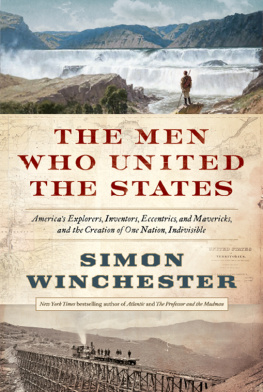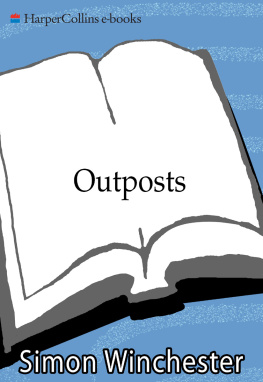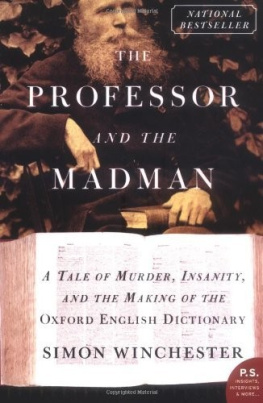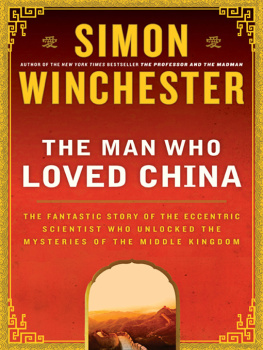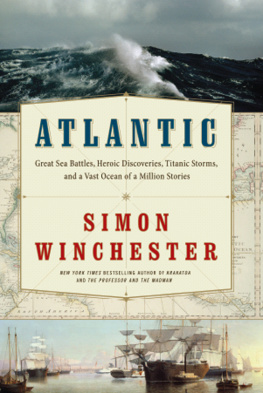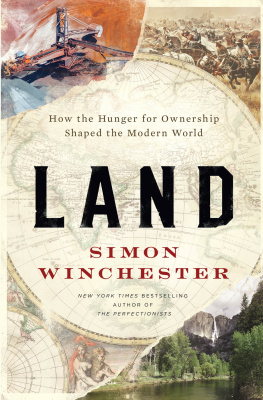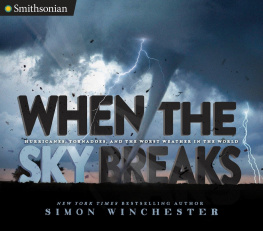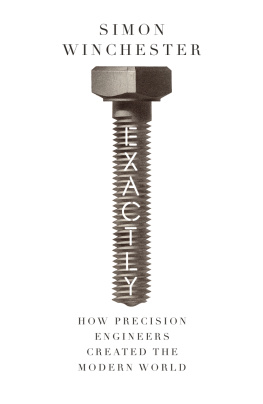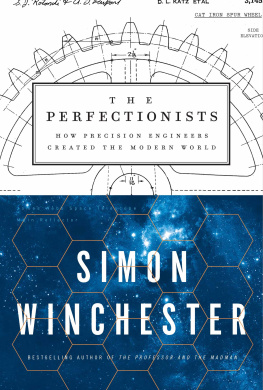

February 23, 2012, was the eightieth birthday of my mother-in-law,
MRS. AKIKO SATO .
Shortly before the family celebration, I told her of my plan to structure my book around the five so-called classical elements. She briefly left the room, returning with this card on which she had handwritten this aide-mmoire for me, the five elements rendered in English, Chinese characters, and Japanese.

Three hours later, toward the end of her party, happy and surrounded by friends and family, Mrs. Sato collapsed and later died.
This card was thus the very last thing she ever wrote in her lifeone ample reason among many for me to offer this book as dedication both to her daughter
SETSUKO
and, with gratitude and respect, to the memory of
MRS. AKIKO SATO .
Born, Tokyo, 1932. Died, New York, 2012.
May this small offering be her memorial.
Think of the United States todaythe facts of these thirty-eight or forty empires solderd in onesixty or seventy millions of equals, with their lives, their passions, their futurethese incalculable, modern, American, seething multitudes around us, of which we are inseparable parts!
WALT WHITMAN , A Backward Glance oer Travelld Roads ( PREFACE TO THE 1888 EDITION OF Leaves of Grass )
CONTENTS
Illustrations noted as ( pd. ) are in the public domain.
. ( Lettering by Mrs. Akiko Sato; courtesy of the author )
. ( Courtesy of the author )
. ( Courtesy of the US Department of Defense, photograph by SrA Jessica Kachman, June 1998 )
. ( Painting by Thomas Sully, courtesy of the Academy of Natural Sciences, Ewell Sale Stewart Library, Drexel University )
. ( Courtesy of David Rumsey Map Collection, www.davidrumsey.com )
. ( Courtesy of Derek Hayes )
. ( Courtesy of the Library of Congress )
. ( Courtesy of the author )
( Painting by Thomas Moran, 1893; courtesy of the Smithsonian American Art Museum, Washington, DC/Art Resource, NY )
. ( Courtesy of the US Geological Survey Photographic Library )
. ( Courtesy of the New York Daily News )
. ( Courtesy of the author )
. ( Courtesy of The New-York Historical Society )
. ( Copyright 1905, C. Y. Turner )
. ( Courtesy of Nerissa Michaels )
. ( Courtesy of The New-York Historical Society )
. ( pd. )
. ( Courtesy of the National Archives )
( Courtesy of Project Gutenberg )
. ( Courtesy of the Library of Congress )
. ( Courtesy of Derek Hayes )
. ( Courtesy of Derek Hayes )
. ( Courtesy of the Wisconsin Historical Society )
. ( Courtesy of Stephen White )
. ( Courtesy of Stephen White )
. ( Courtesy of the Taft Museum of Art, Cincinnati )
. ( Courtesy of the US Patent Office )
. ( Bettmann/CORBIS )
. ( Courtesy of Stephen White )
. ( Courtesy of Stephen White )
. ( pd. )
. ( Courtesy of David Rumsey Map Collection, www.davidrumsey.com )
. ( pd. )
. ( Courtesy of Stephen White )
. ( pd. )
. ( pd. )
. ( Courtesy of Joi Ito, 2007 )
. ( pd. )
. ( Photograph by Connie Zhou; courtesy of Google )
O n Independence Day, July 4, 2011, I swore a solemn oath before a federal judge on the afterdeck of the warship USS Constitution in Boston Harbor, and by doing so I became, after half a century of dreaming, a naturalized American citizen. The following day I acquired my voters registration card; a week later I was issued my first American passport, a document on which I have traveled ever since. When I returned to Kennedy Airport after my first trip overseas as an American, I was little prepared for my reaction when the immigration officer remarked with casual warmth, Welcome home. I felt almost overwhelmed by at last now being a part of all of this .
The most recent design of an American passport incorporates a series of declarative epigraphs at the top of each visa page. Samuel Adams: What a glorious morning for our country. The inscription on the Golden Spike at Promontory Summit in Utah: May God continue the unity of our country as the railroad unites the two great oceans of the world. And Jessamyn Wests description of the railway as A big iron needle stitching the country together.
But of all the quotations, the one I like most is a paragraph taken from Lyndon Johnsons inaugural address of January 20, 1965. The nation was at the time still shocked by the tragic shooting of President Kennedythe event that elevated LBJ to the presidency. The country, still mired in Vietnam, was in a liverish mood, and many more tragedies were yet to come. But Johnson, seeking by his speech to help salve the countrys wounds and to better the temper of the times, spoke in an optimistic vein:
For this is what America is all about. It is the uncrossed desert and the unclimbed ridge. It is the star that is not reached and the harvest sleeping in the unplowed ground. Is our world gone? We say Farewell. Is a new world coming? We welcome itand we will bend it to the hopes of man.
The pages that follow are devoted in large part to those men who, in the overarching interests of welding the nation together, traversed those uncrossed deserts and scaled those unclimbed ridges, offering in their own times and their own ways the promise of a better place and of better times ahead.
E pluribus unum.
SINCE 1782, THE MOTTO ON THE OFFICIAL SEAL OF THE UNITED STATES
E arly in the crisp small hours of November 7, 2012, a weary but exultant Barack Obama was thanking his countrymen for just handing him a second term as forty-fourth president of the United States. His speech was brief, but it rang with an eloquence that moved well beyond the platitudes of the pitiless election season that had mercifully ended in this culmination just moments before.
It was a speech that spelled out President Obamas unyieldingly optimistic belief in the future of a country that had allowed him, a young black man, to be invested, now for a second term, as the most powerful human being on the planet. He had been given this role, he said, with a new chance to perfect still further the immense entity that is the American union, more than two centuries after his country had declared its independence from colonial rule.
Such was the crowds exuberance that much of what the president said was drowned in a cacophony of cheering and frenzied delight. Sensing the mood, he prudently kept what he had to say brief and to the point. After no more than ten minutes of high rhetoric, the tone of his voice fell and quietedhe was coming to the end.
I believe we can seize this future together, he said, because we are not as divided as our politics suggests. Were not as cynical as the pundits believe. We are greater than the sum of our individual ambitions, and we remain more than a collection of red states and blue states. We are and forever will beand here he paused for just a beat, to add solemn emphasis to the adjectivethe United States of America.
The United States. This unique national qualityof first becoming and then remaining so decidedly unitedis a creation that, in spite of episodes of trial and war and suffering and stress, has been sustained for almost two and half centuries across the great magical confusion that is the American nation. The account that follows, then, is on one level a meditation on the nature of this American unity, a hymn to the creation of oneness, a parsing of the rich complexities that lie behind the countrys so-simple-sounding motto: E pluribus unum .

